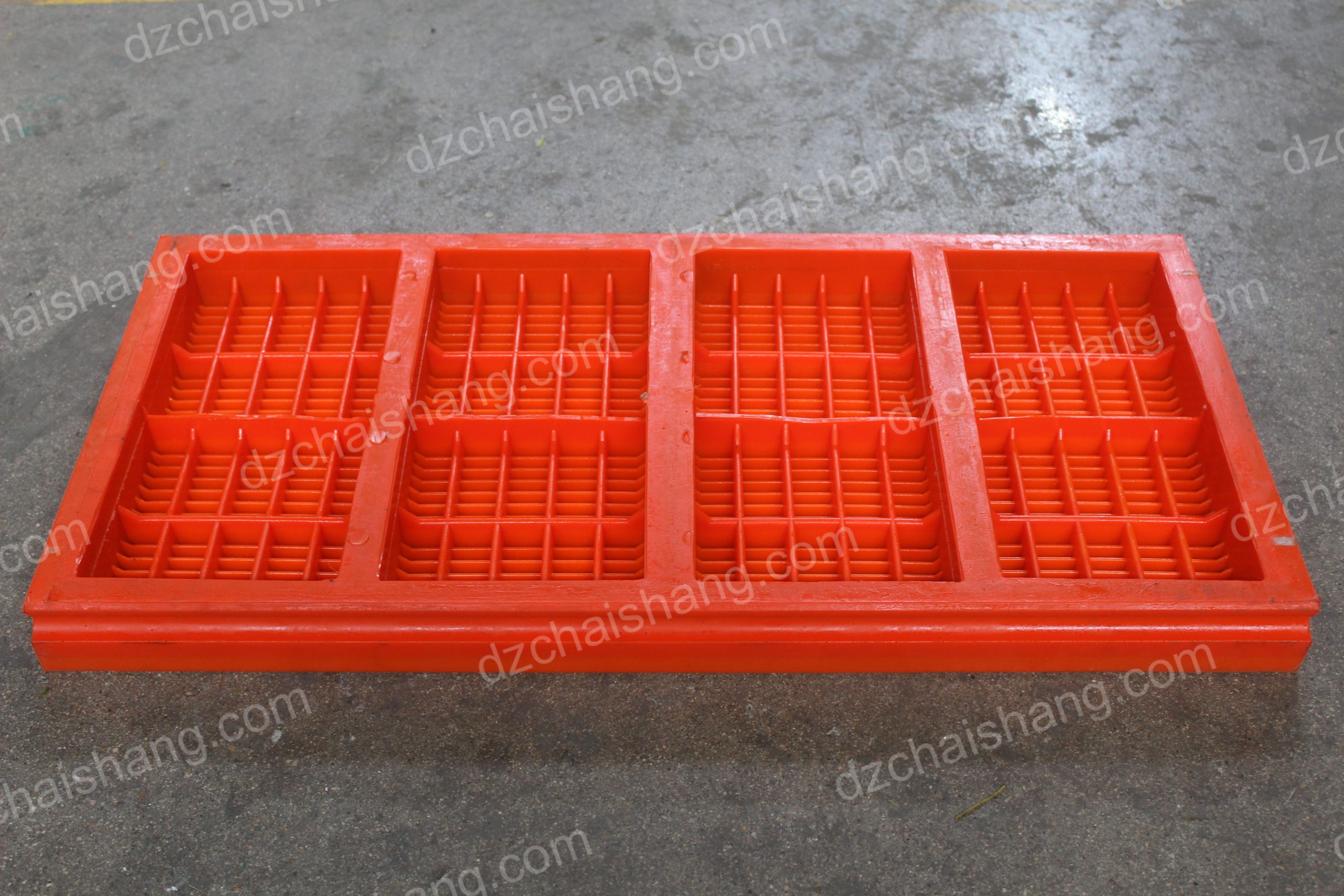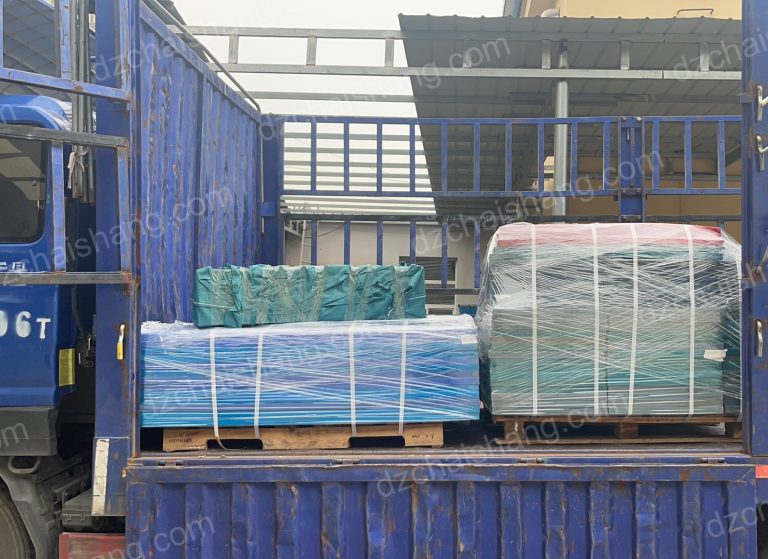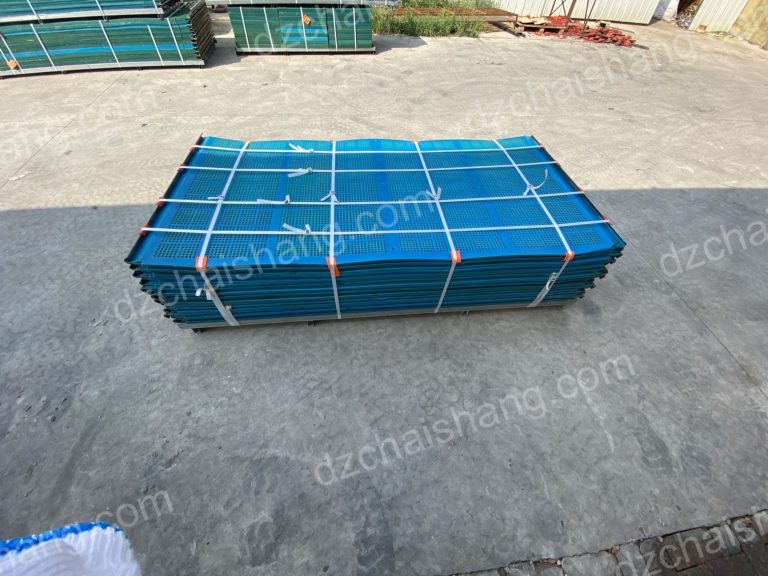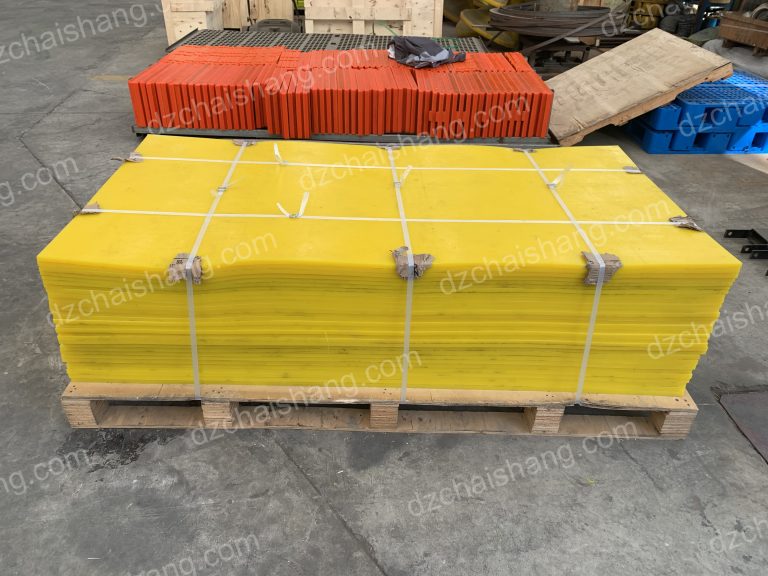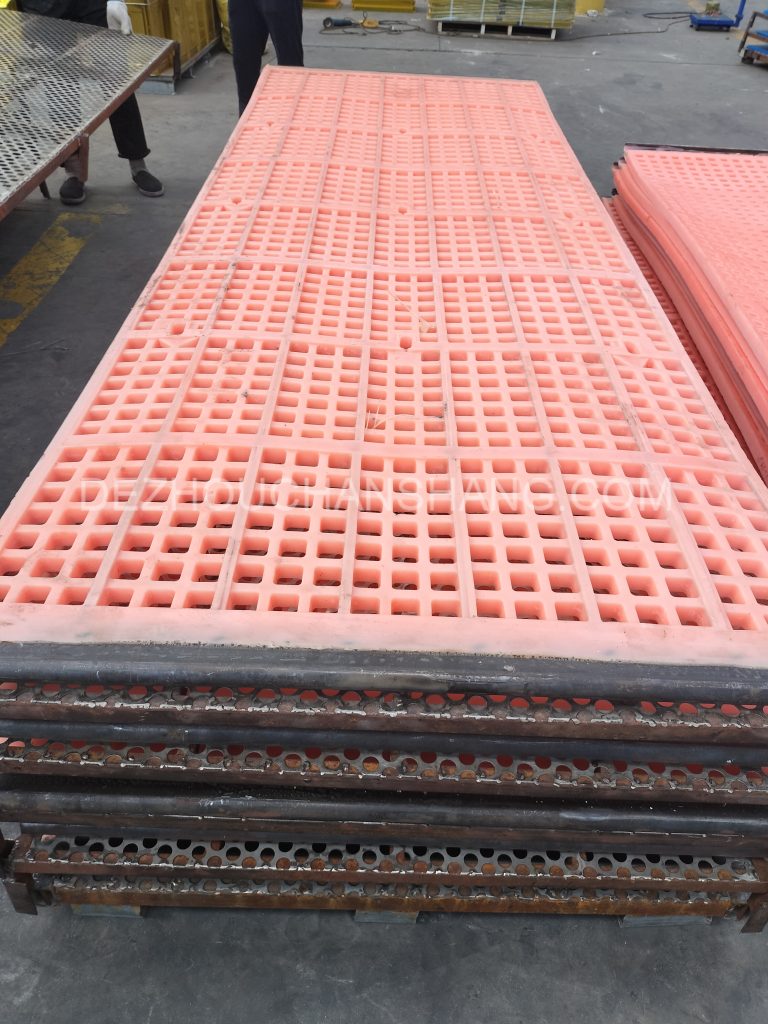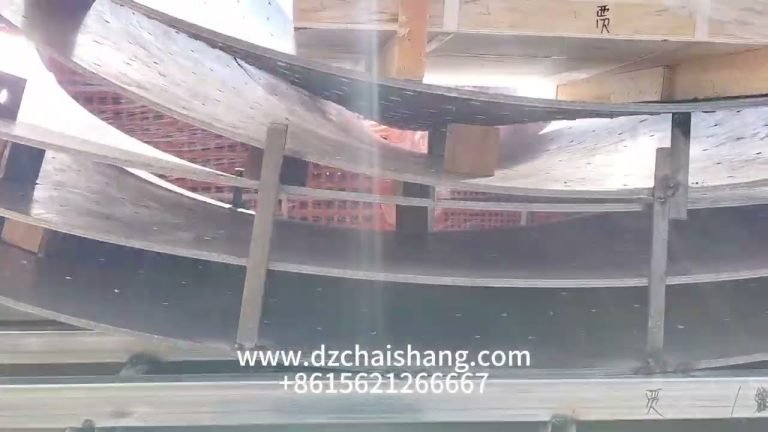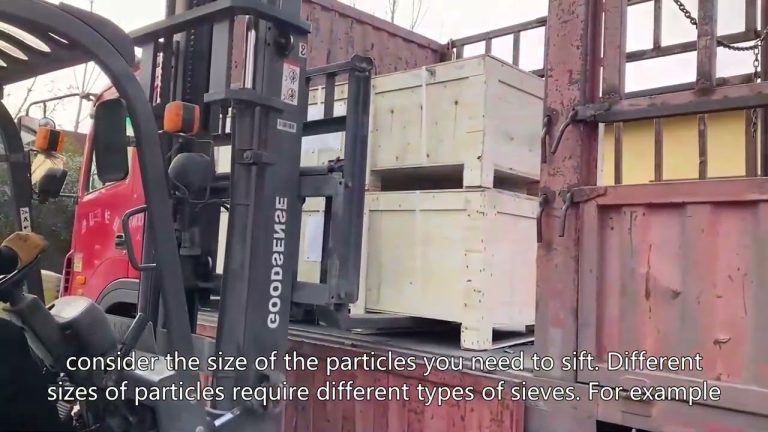تحليل موجز لمزايا ومتطلبات اختيار شاشات البولي يوريثين وألواح الشاشة
مزايا شاشات البولي يوريثين وألواح الشاشة بالإضافة إلى مزاياها، هناك متطلبات اختيار معينة يجب على الشركات مراعاتها عند اختيار شاشات وألواح الشاشة…
مزايا شاشات البولي يوريثين وألواح الشاشة
بالإضافة إلى مزاياها، هناك متطلبات اختيار معينة يجب على الشركات مراعاتها عند اختيار شاشات وألواح الشاشة المصنوعة من مادة البولي يوريثين. أحد العوامل المهمة هو صلابة مادة البولي يوريثين. يجب اختيار الصلابة بناءً على تطبيق الفحص المحدد والمواد التي تتم معالجتها. قد تكون شاشة البولي يوريثين الأكثر ليونة مناسبة لغربلة المواد الدقيقة، بينما قد تكون هناك حاجة إلى شاشة أكثر صلابة للتعامل مع المواد الخشنة.
هناك اعتبار آخر وهو حجم فتحة الشاشة. يجب اختيار حجم الفتح بناءً على توزيع حجم الجسيمات المرغوب فيه للمادة التي تم فحصها. من المهم تحديد شاشة بحجم الفتح المناسب لتحقيق كفاءة الفصل المطلوبة. بالإضافة إلى ذلك، يجب تحسين تصميم الشاشة، بما في ذلك عدد الفتحات وترتيبها، لعملية الغربلة المحددة.
علاوة على ذلك، يجب على الشركات أيضًا أن تأخذ في الاعتبار التصميم العام وبناء شاشة البولي يوريثين أو لوحة الشاشة. وينبغي تعزيز الشاشة بشكل صحيح لتحمل القوى التي تمارس أثناء عمليات الفحص. وينبغي أيضًا أن يكون من السهل تركيبه واستبداله، مما يسمح بإجراء صيانة سريعة وفعالة. بالإضافة إلى ذلك، يجب على الشركات التأكد من أن مادة البولي يوريثين المستخدمة في الشاشة ذات جودة عالية وتلبي معايير الصناعة.
في الختام، توفر شاشات وألواح الشاشة المصنوعة من البولي يوريثين العديد من المزايا مقارنة بالشاشات التقليدية، بما في ذلك المتانة والمرونة والكفاءة. تتميز هذه الشاشات بمقاومة عالية للتآكل، ويمكن تشكيلها لتناسب تطبيقات معينة، وتوفر أداء فحص فائق. ومع ذلك، يجب على الشركات أن تدرس بعناية متطلبات الاختيار، مثل الصلابة وحجم الفتح والتصميم العام، لضمان الأداء الأمثل وطول عمر الشاشات. من خلال اختيار شاشات وألواح الشاشة المصنوعة من مادة البولي يوريثين المناسبة، يمكن للشركات تحسين عمليات الفحص وتحقيق إنتاجية وجودة منتج أفضل.

In addition to their advantages, there are certain selection requirements that businesses should consider when choosing polyurethane screens and screen plates. One important factor is the hardness of the polyurethane material. The hardness should be selected based on the specific screening application and the material being processed. A softer polyurethane screen may be suitable for screening fine materials, while a harder screen may be required for handling coarser materials.
Another consideration is the opening size of the screen. The opening size should be chosen based on the desired particle size distribution of the screened material. It is important to select a screen with the appropriate opening size to achieve the desired separation efficiency. Additionally, the design of the screen, including the number and arrangement of the openings, should be optimized for the specific screening process.
Furthermore, businesses should also consider the overall design and construction of the polyurethane screen or screen plate. The screen should be properly reinforced to withstand the forces exerted during screening operations. It should also be easy to install and replace, allowing for quick and efficient maintenance. Additionally, businesses should ensure that the polyurethane material used in the screen is of high quality and meets industry standards.
In conclusion, polyurethane screens and screen plates offer numerous advantages over traditional screens, including durability, flexibility, and efficiency. These screens are highly resistant to wear and tear, can be molded to fit specific applications, and provide superior screening performance. However, businesses should carefully consider the selection requirements, such as hardness, opening size, and overall design, to ensure optimal performance and longevity of the screens. By choosing the right polyurethane screens and screen plates, businesses can improve their screening processes and achieve better productivity and product quality.

